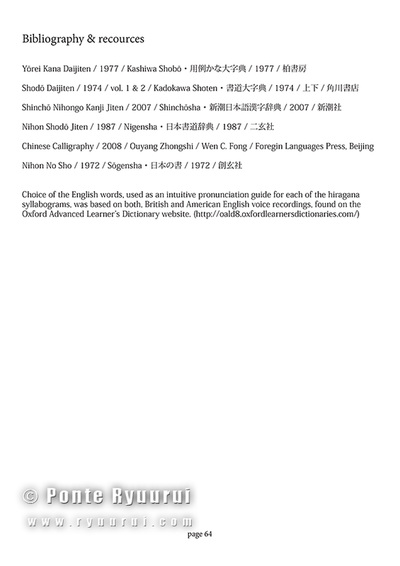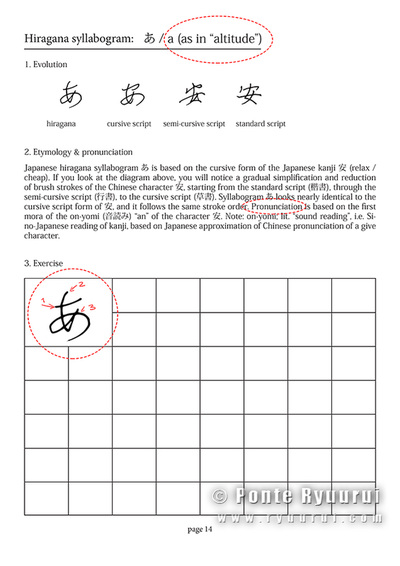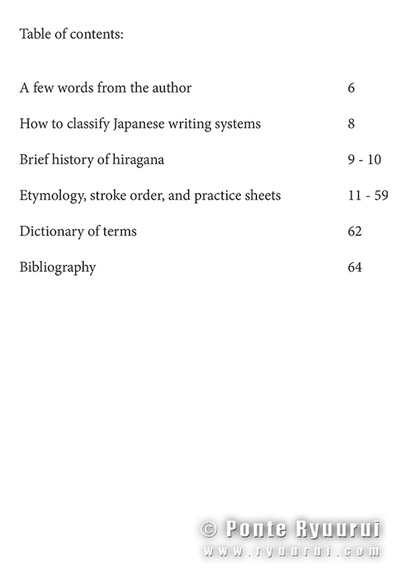|
Thi is a continuation of my previous articles on my new book series on Japanese hiragana and katakana. To view previous posts, see here about the book concept in general, and here in regards to the book cover project. Below I am inserting a gallery of 3 images (click any to view). You can see what resources I used for writing the first book on Japanese hiragana. Then there is a sample page, and finally a table of contents page which should shed more light on what can one expect tom find inside. A few words regarding the sample page. Since I published the first draft I received great feedback from you guys, so thank you very much, and I decided to improve a few things. bibliography sample page table of contents I added an intuitive phonetic guide based on Oxford Advanced Learner's Dictionary's British and American English pronunciations of chosen words. This should clear a lot of confusion whenever a tricky pronunciation comes up (such as ゑ / "we"). I also explain where from each of the hiragana syllabograms take their sounds. For example, the hiragana syllabogram つ evolved from the cursive form of kanji 川, but none of the Japanese readings of this character is つ. The book is addresing address all of those issues.
Each hiragana syllabogram will have explained the stroke order and stroke direction, which is crucial for supporting a natural and comfortable way of writing. The diagrams will be large and clear. In table of contents you can see that there will be a general introduction, history of hiragana based on the evolution of Japanese calligraphy in Japan, as those are closely related. I am adding a short write up on the characteristics of the Japanese writing systems, and I define it very clearly what are kanji, what are kana's and what is the difference between them. |
Categories
All
AuthorPonte Ryuurui (品天龍涙) Archives
August 2020
|




 RSS Feed
RSS Feed
